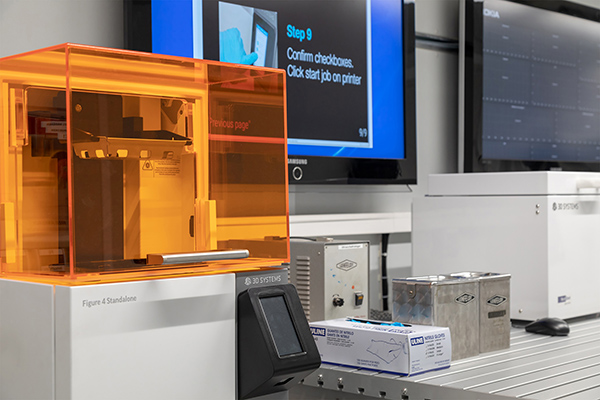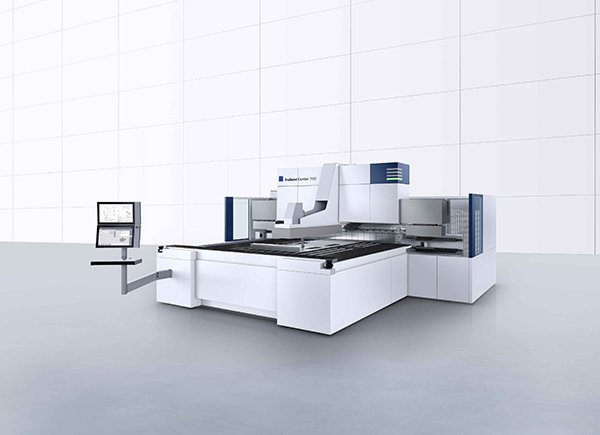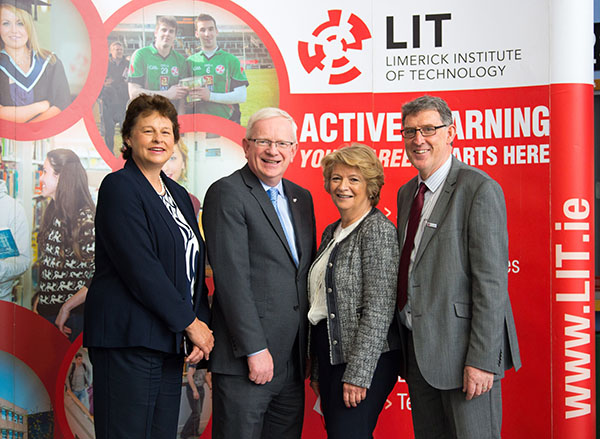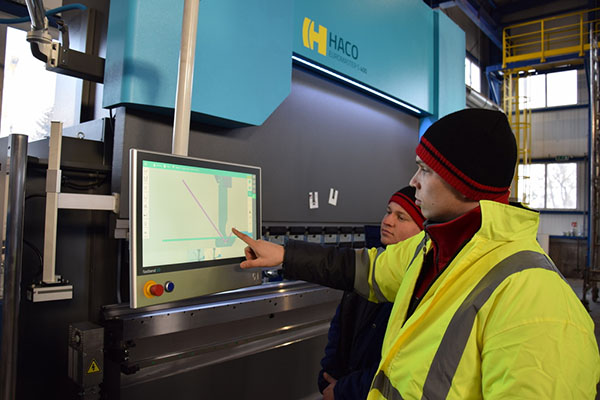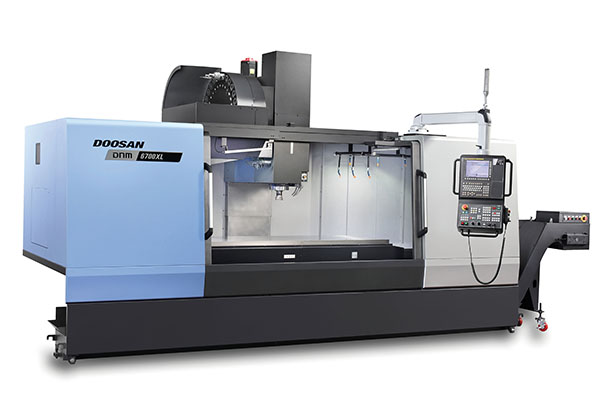Three global manufacturing companies – Nokia, RMS Co and GF Precicast – have invested in additive manufacturing solutions from 3D Systems to transform their production workflows.

Through the integration of 3D Systems’ Figure 4 or DMP platforms, these manufacturers are able to achieve design freedom, increase agility, scale production and improve overall cost of operations.
Nokia has added 3D Systems’ Figure 4 Standalone to its ‘Factory in a Box’ mobile manufacturing solution – demonstrating how manufacturers can stay ahead of the demands of industry 4.0. Meanwhile, RMS Co, a supplier to medical device manufacturers, has expanded the use of 3D Systems’ DMP platforms to apply metal additive manufacturing to new applications. Lastly, GF Precicast, a technology provider for the aerospace and industrial gas turbine (IGT) markets, has integrated 3D Systems’ metal additive manufacturing platform as a cost-effective alternative to the investment casting of super alloys.
For further information www.3dsystems.com






